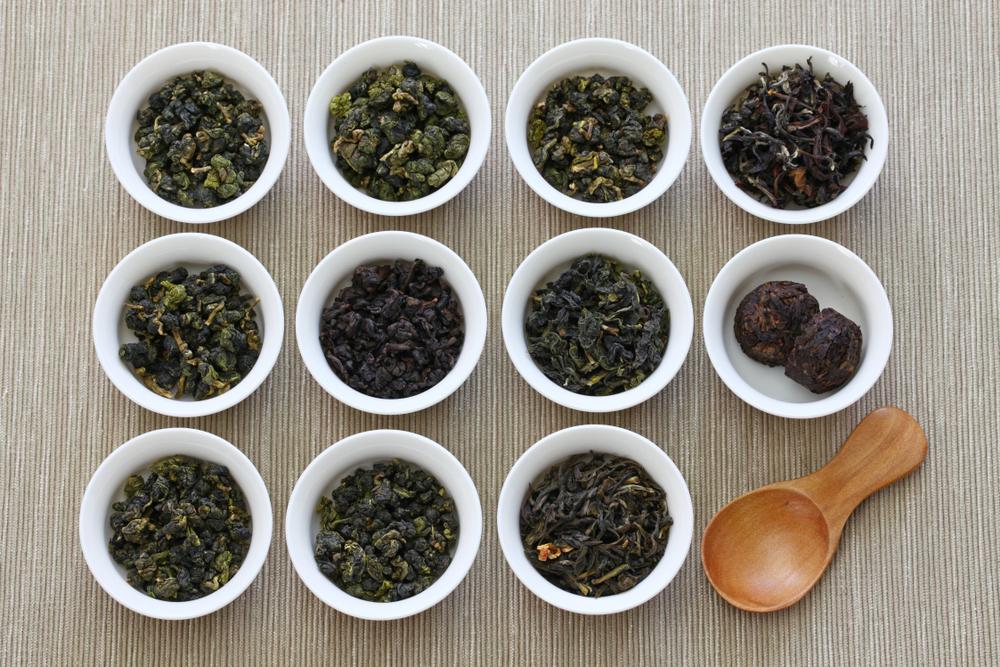Data from Japan show drinking oolong tea may help your body burn fat, independent of the effects of caffeine. Around the world, tea is one of the most popular beverages, second only to water. In popularity, 84 percent of tea consumed is black; 15 percent is green; and the remaining 1 percent is split between oolong, white, and dark teas. (1)
According to the Tea Association, total sales in 1990 were $1.84 billion, which rose to $12 billion by 2016. (2) The market continues to grow, albeit at a slower rate, with reported sales of $12.67 billion in 2019. The Tea Association hypothesizes several trends could be affecting their industry, including a healthier outlook of consumers and a greater number of people who practice alternative nutrition such as gluten-free, dairy-free, vegetarian, and keto diet plans.






